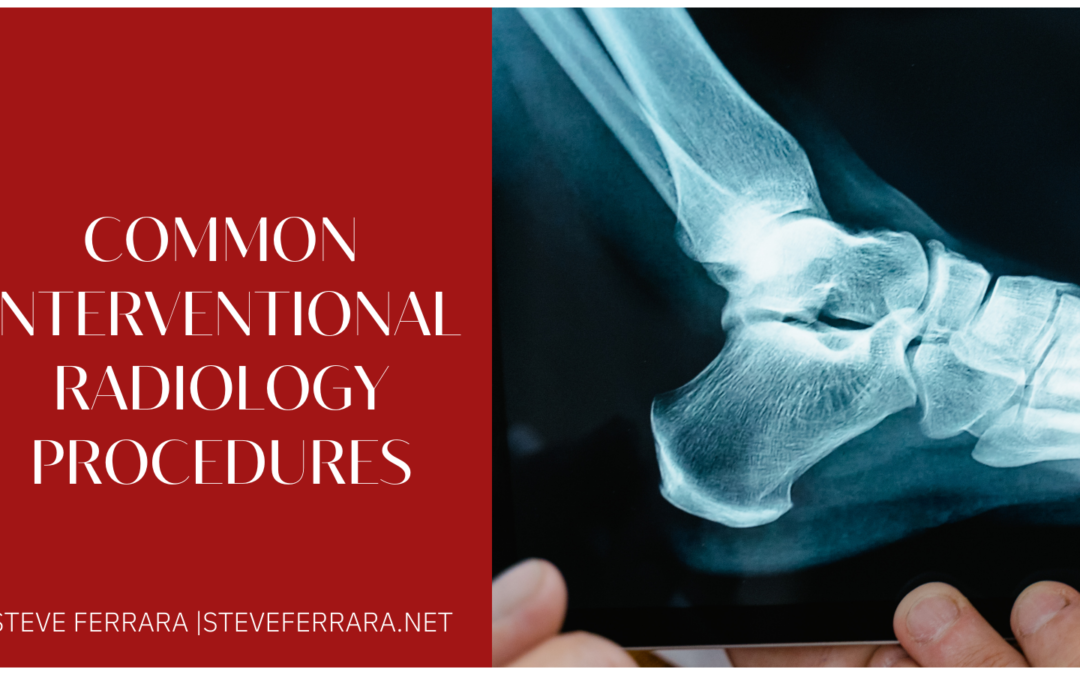Interventional radiology refers to imaging modalities, such as fluoroscopy, X-rays, and MRI scans to diagnose disease. In the US, over 2 million outpatient procedures are performed every year. These common procedures include angioplasty, carotid endarterectomy, and peripheral angiography. Patients with a good understanding of their condition can help reduce the number of complications related to this procedure.
Common Interventional Radiology Procedures
Angioplasty
Angioplasty is a procedure to widen narrowed or blocked blood vessels using a catheter and medication. Angioplasty procedures treat coronary artery disease, peripheral arterial disease, and vein diseases. Re-evaluate in 6 months to determine the status of the blocked arteries. Angioplasty can be used to treat patients with narrowed or blocked vessels in their coronary and peripheral arteries. The procedure works by using a catheter with medication that dilates the affected vessel. A balloon is placed over the catheter, which allows further dilation of the vessel opening.
Embolization
It is a procedure in which the artery wall ruptures the atherosclerotic plaque. It helps reduce pain and swelling and improve blood flow to the extremity. During this procedure, an interventional radiologist applies a small amount of ultrasound gel on the skin and uses a long thin ultrasound probe to search for the blockage restricting blood flow to this area.
Carotid Endarterectomy
It is a surgical procedure that removes the blockage that forms in the blood vessel walls. It is used for treating carotid artery disease. This procedure has different types, such as transluminal stenting and endarterectomy. The surgery helps remove the plaque from inside the artery and restores the blood flow to the head and neck. Patients should be aware of their condition and follow instructions provided by the physician for proper recovery.
Peripheral Angiography
It is a procedure that allows the physician to identify blockages in the blood vessels of the legs. It is done by inserting a catheter into an artery in the groin area and sending a radioactive substance through this catheter to search for any vessel damage. Patients should be aware of their condition and follow instructions provided by the physician for proper recovery.
Treatments
In most cases, treatments are temporary, and patients will generally have to undergo them again in the future. Patients should follow the physician’s advice and avoid techniques that can cause damage to the vein. The best way to avoid complications is to maintain a healthy lifestyle and follow specialists’ advice. The condition can be treated by controlling weight, quitting smoking, reducing alcohol intake, increasing physical activity, and stress management. It is important to minimize stress on the vessel while it heals. This means not lifting more than 5 pounds more than 15 times a day and avoiding constrictive clothing and seat belts that can aggravate the vein wall. If there are any symptoms, physicians recommend seeking medical help as early as possible.
There are several procedures that the interventional radiologist can perform to improve a patient’s quality of life. By informing yourself about the condition, you can know how to avoid any possible complications. You can take some steps to reduce your symptoms and follow the doctor’s instructions to recover properly.
